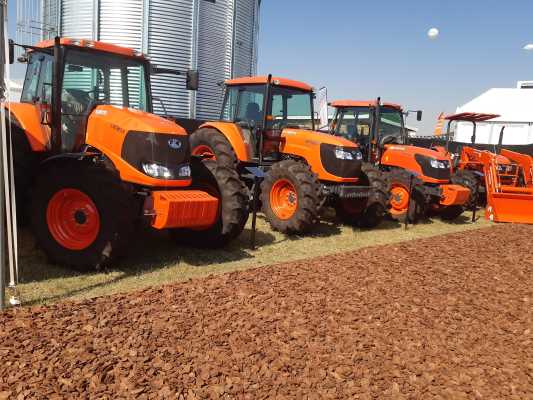Agricultural Machinery Market Faces Challenges in 2024
The agricultural machinery market experienced significant setbacks in 2024, with a noticeable decline in sales across all major equipment categories. This downturn is attributed to soaring production costs and limited access to credit for buyers, reflecting a broader negative trend also observed in Europe and North America.
Sharp Declines in Machine Registrations
Data compiled by FederUnacoma from the Ministry of Transport highlights the extent of the decline in Italy. Tractor sales dropped 12.3%, with 15,448 units registered compared to 17,613 the previous year—marking the lowest performance since 1952. Combine harvester sales were hit hardest, plunging 31.8%, with only 266 units registered compared to 390 in 2023. Transporters (tractors with loading platforms) also saw a 14.9% decrease, with 525 units sold versus 617 last year.
Telescopic handlers followed a similar trend, with registrations falling by 14.4% to 977 units, down from 1,141 in 2023. Trailers fared slightly better but still recorded a 2.8% decline, with 7,504 units registered compared to 7,718 in the previous year.
A Global Market Under Pressure
The challenges in Italy mirror trends in major agricultural markets worldwide. In Europe, countries like France (-10.1%, 26,507 units sold), Germany (-3.4%, 29,291 vehicles), and the UK (-11.9%, 11,761 units) all reported declines. Across the Atlantic, the U.S. saw a 13.2% drop in sales, with 217,200 units sold, while Canada experienced a 15.8% decline, registering 23,444 units.
Impact of Incentives and Policy Shifts
In Italy, the decline has been exacerbated by changing incentive structures. FederUnacoma noted that the significant boost provided by 4.0 technology investment incentives in 2021 has waned. Funds under the Recovery and Resilience Plan (PNRR) are now restricted to electric or methane-powered tractors and select precision agriculture vehicles, limiting their broader impact on the market.
Despite these challenges, programs such as the Innovation Fund and the ISI Inail incentive scheme have mitigated the downturn. However, the manufacturers’ association stressed that current economic complexities call for more robust, structural intervention plans to support the sector.
Outlook for the Agricultural Machinery Sector
The agricultural machinery industry, after peaking in 2021, has faced three consecutive years of decline. The sector’s recovery depends on addressing rising production costs, easing credit access, and implementing more comprehensive incentive programs.
As the global market contends with similar challenges, fostering innovation and strategic support will be critical to reviving demand and ensuring long-term sustainability for agricultural machinery manufacturers and buyers alike.


